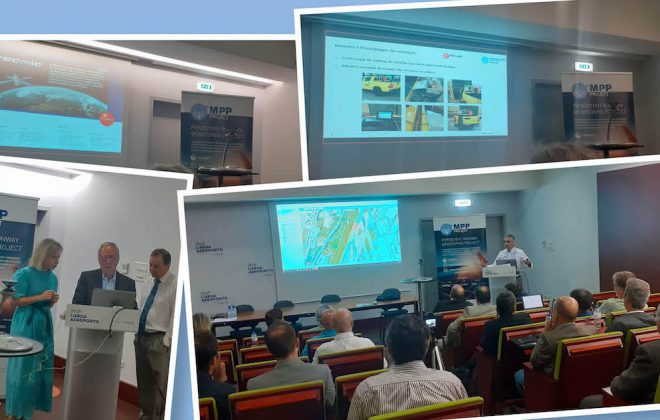MPP project presented at the Workshop “Smart City Projects in Portugal” organized by ISTAR-ISCTE
As part of the Summer School IoT for Smart Cities with the participation of several companies, students of Computer Engineering and related areas, which took place between the 6th and 17th of September in Lisbon.
Every year, ISTAR – Center for Research in Information Sciences, Technologies and Architecture (IUL) hosts the Summer University Program https://istar.iscte-iul.pt/summerschool2021/ dedicated to the central themes of multidisciplinary research in course that involves the areas of Information Sciences and Technologies, Architecture, Mathematics and IoT Laboratory.
The Internet-of-Things (IoT) has been a growing field of research, as humans and equipment are connected and integrated with intelligent technology, considering the recent challenges in the area of Smart Anything (-Cities, -Networks, -Factory, -Buildings, -Houses, -Health, -Education and -Campus).
The aim of this Summer School is to introduce participants to emerging paradigms, technologies, services and business models associated with the Internet of Things (IoT) for Smart Anything.
It also provides an overview of future trends and ongoing research in this fast-growing new area:
– Study the principles, research problems and applications of devices, applications and user mobility, as well as IoT;
– Acquire experience with IoT technologies and operating systems;
– Help students to develop self-learning skills so that they can keep up with the rapid changes in technologies, tools and techniques in this area of knowledge.
Within the program, Tiago Rocha da Silva and Gabriel Pestana ensured the participation of the MPP project consortium – Persistent Track Monitoring from INOV – Institute of Systems Engineering and Innovation Computers, who detailed the architecture of the system designed for this purpose and the search for the most suitable solution to achieve increased airport runway safety. The remote detection of foreign objects on the runway, cracks and deformations and runway contamination are made using LIDAR technology, mobile communications and software developed as it performs data analysis in Analytics-as- a-Service (AaaS).
During the workshop, he explained the concepts of visualization and contextualization of information, which are essential to support runway surveillance, in particular, for events that can lead to aquaplaning phenomena. Monitoring events related to the existence of water sheets over the runway, that could compromise the safety of the runway. Following EASA (European Union Aviation Safety Agency) and ICAO (International Civil Aviation Organization) recommendations.


